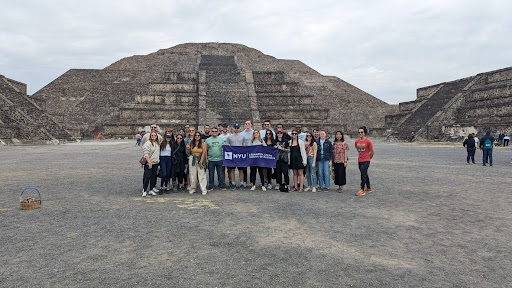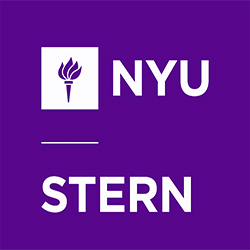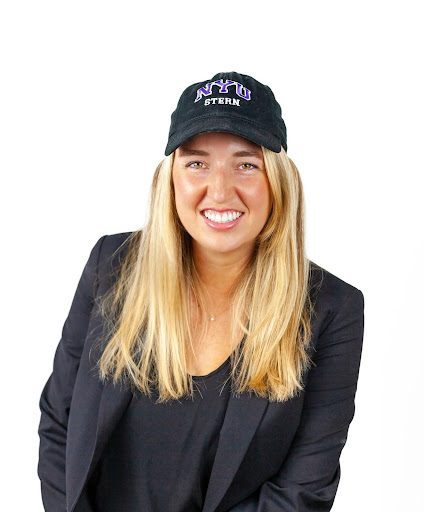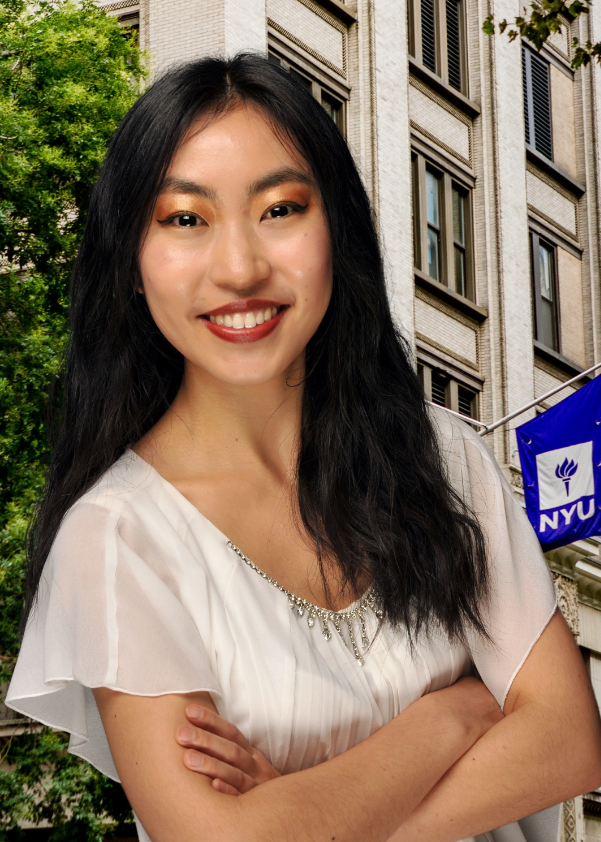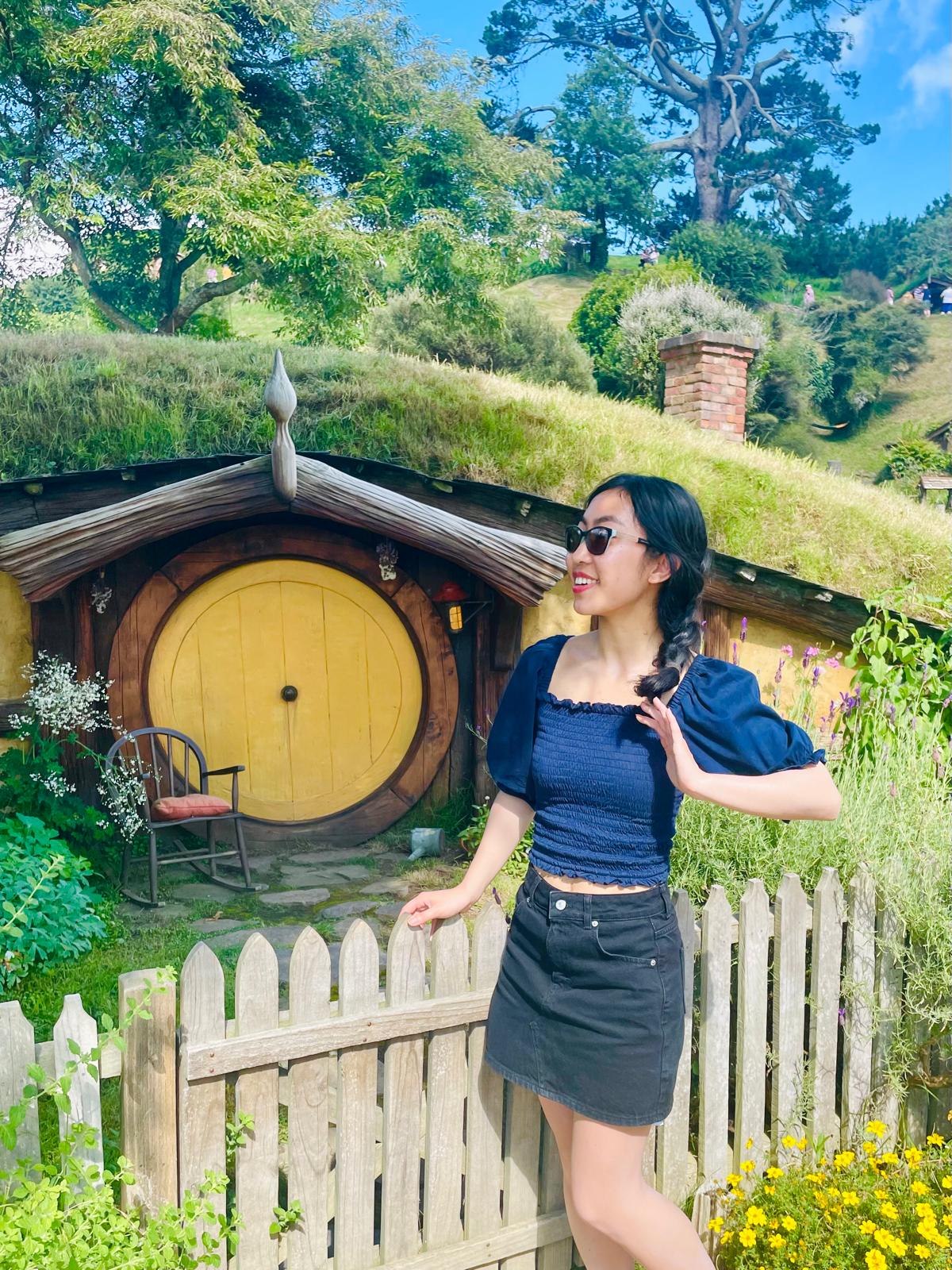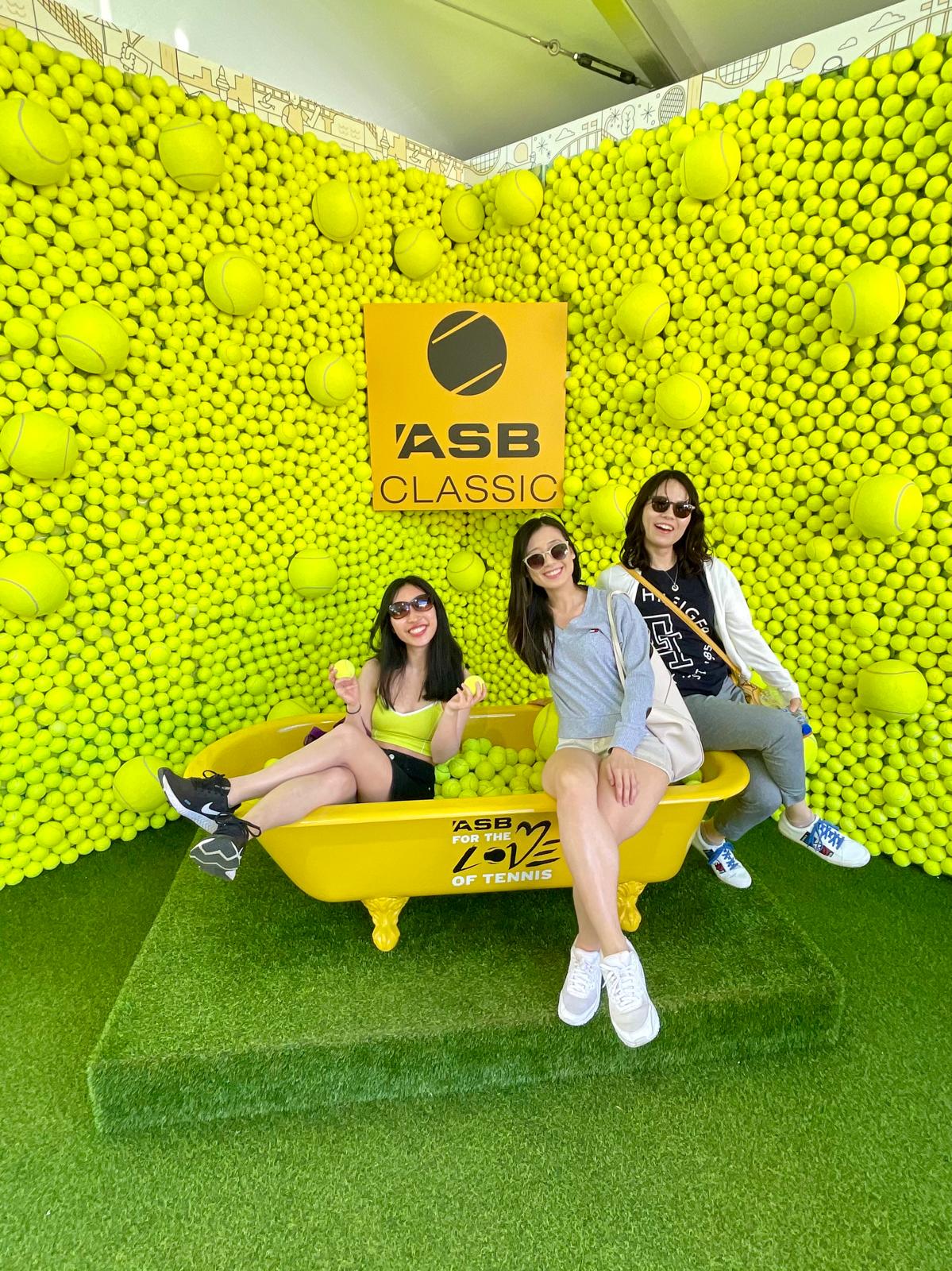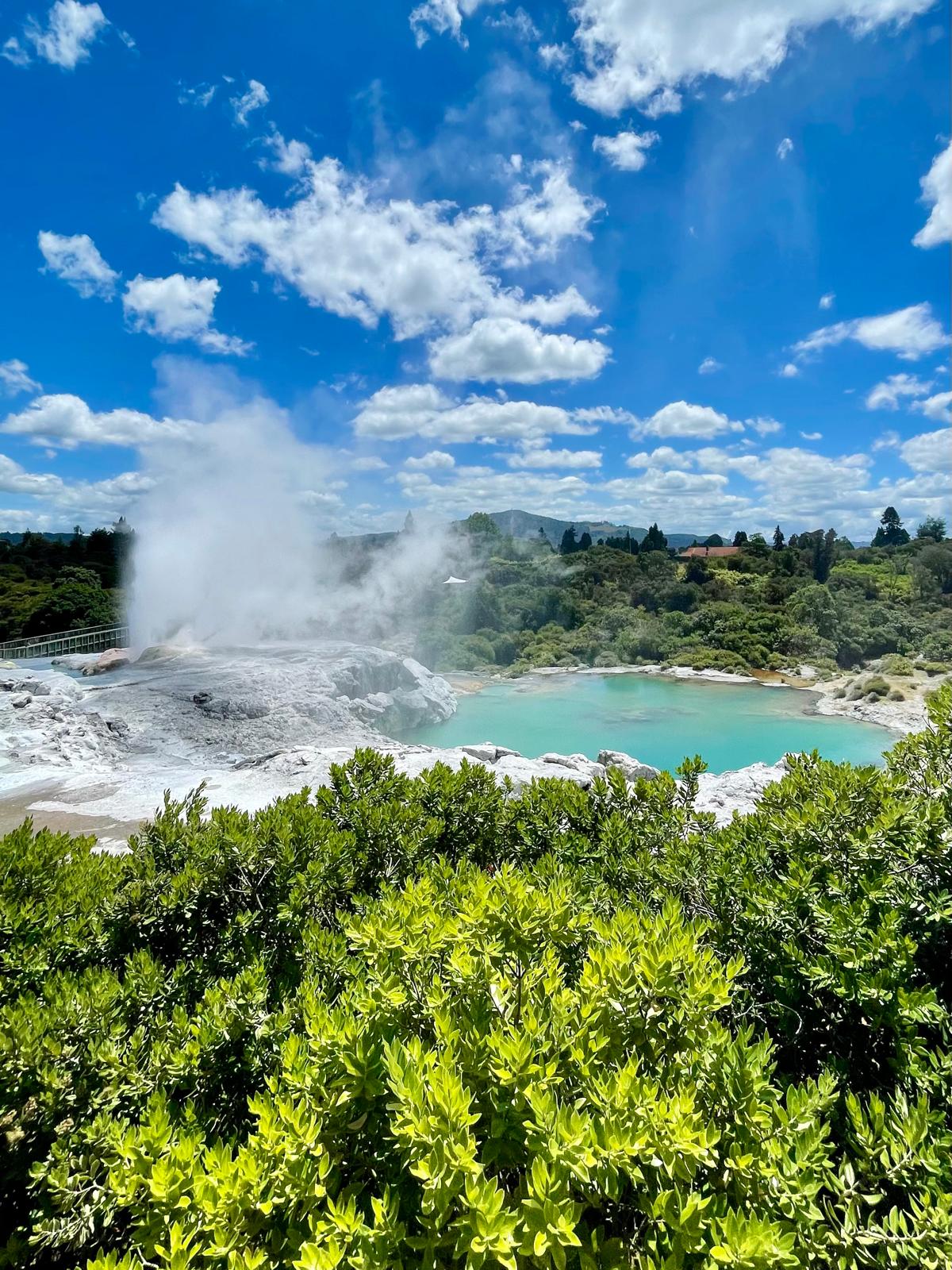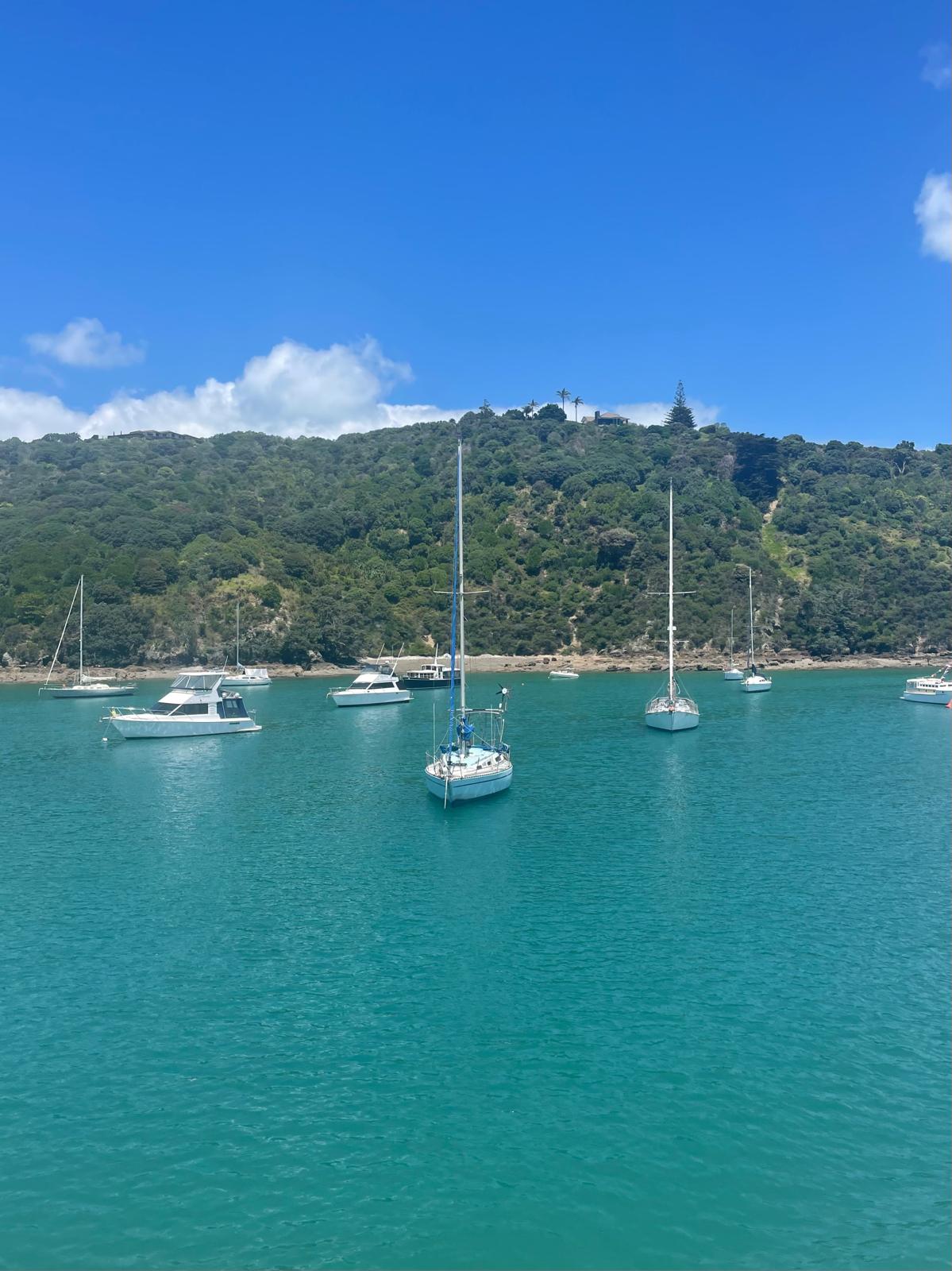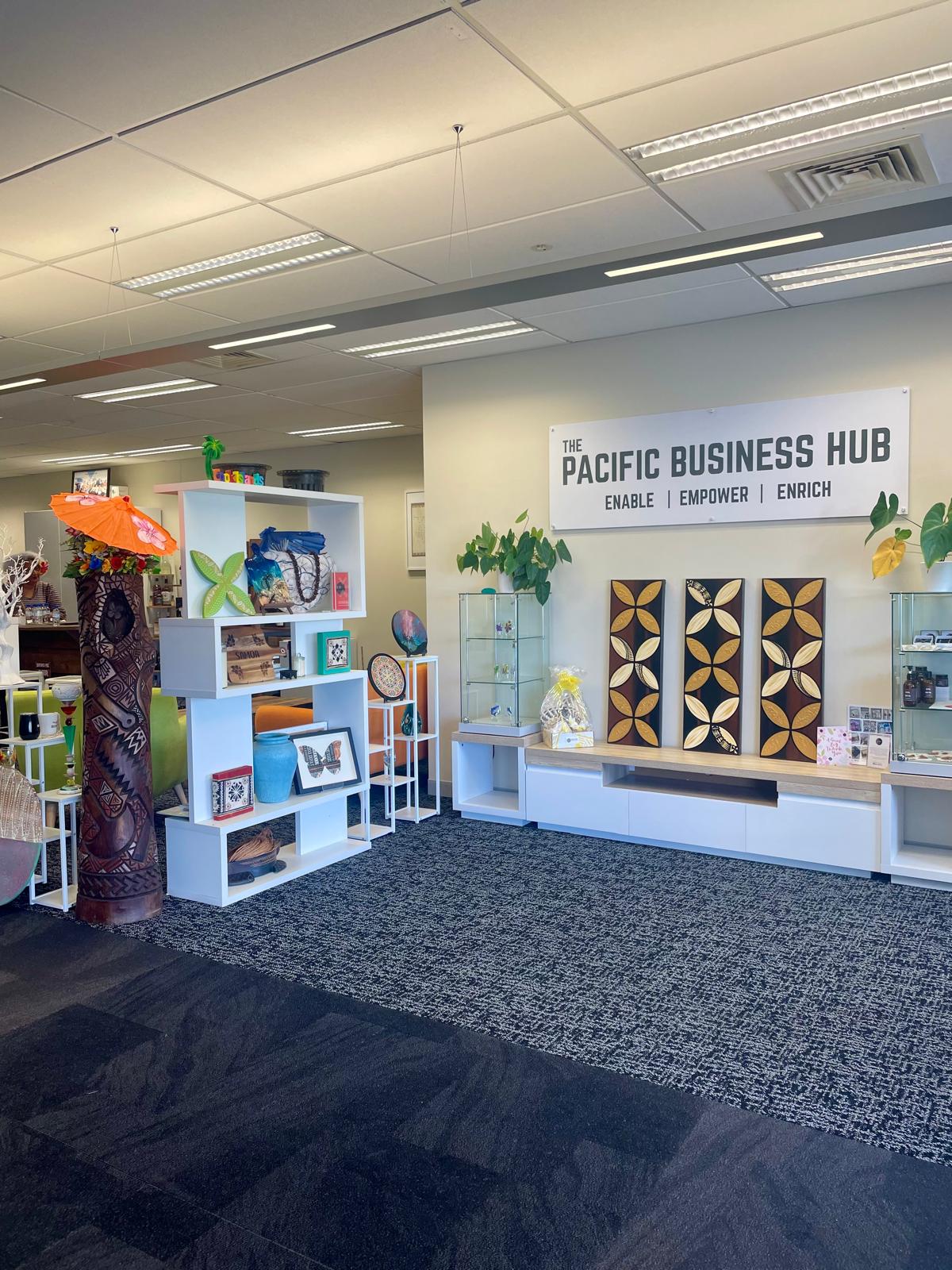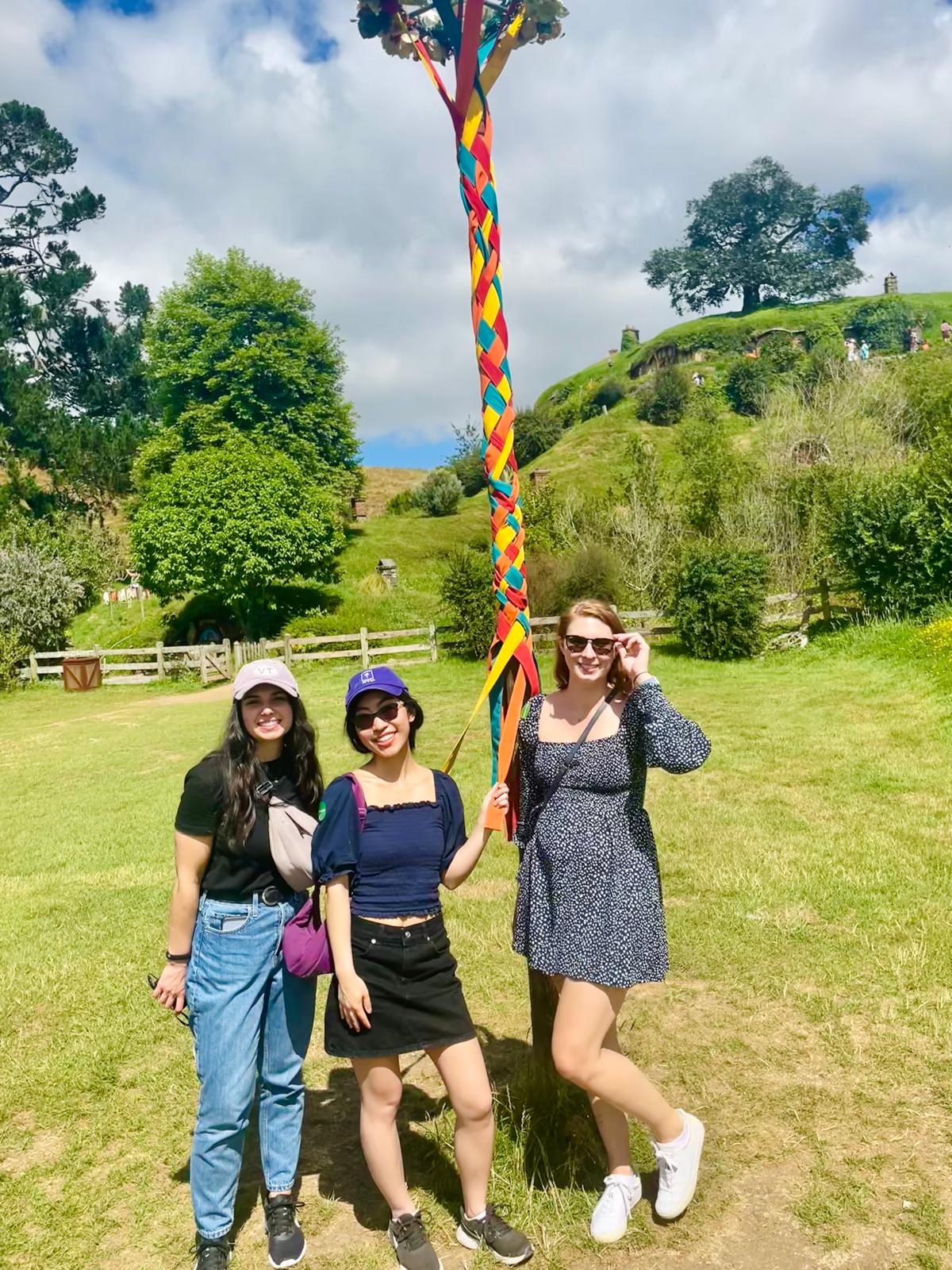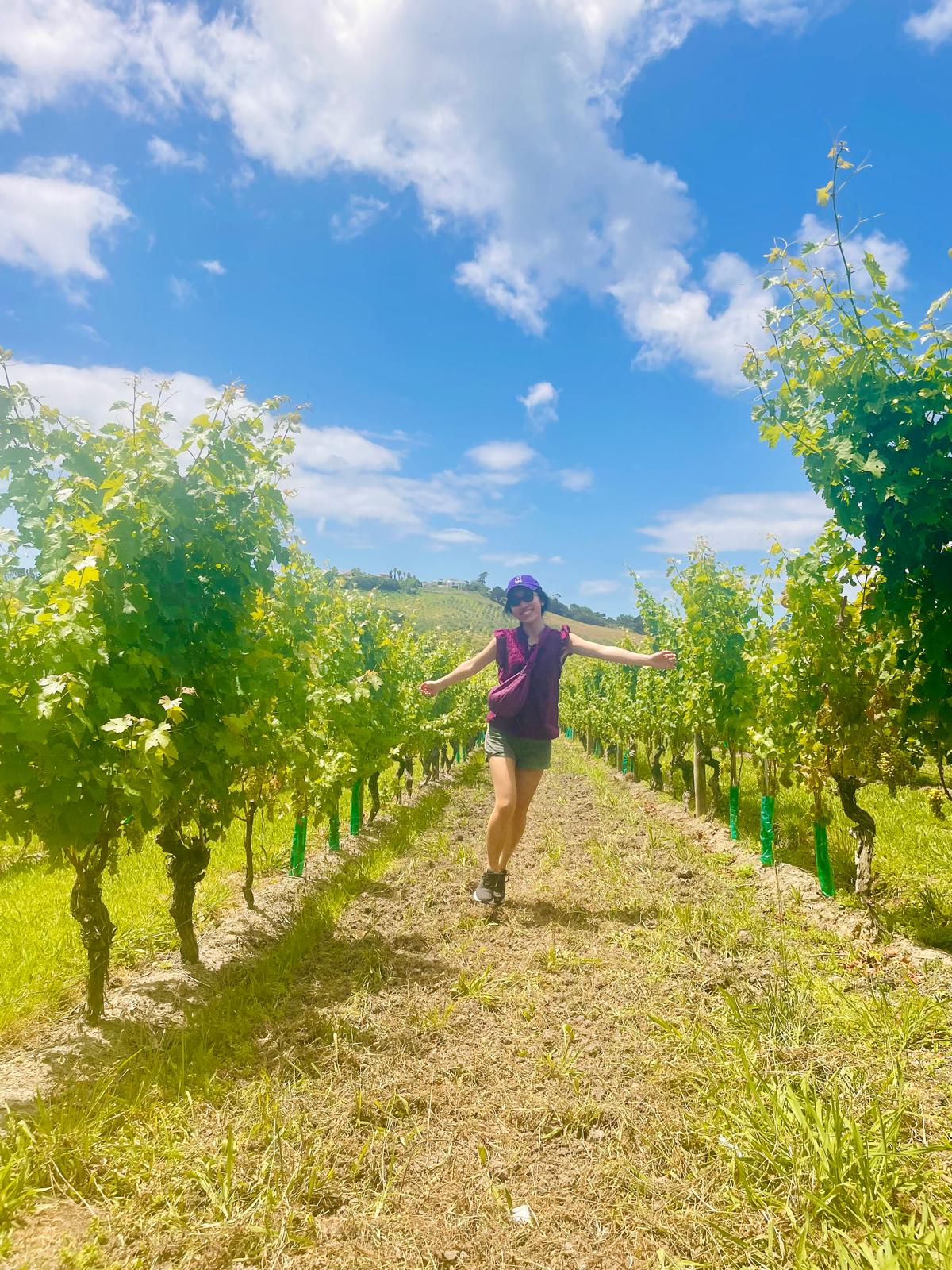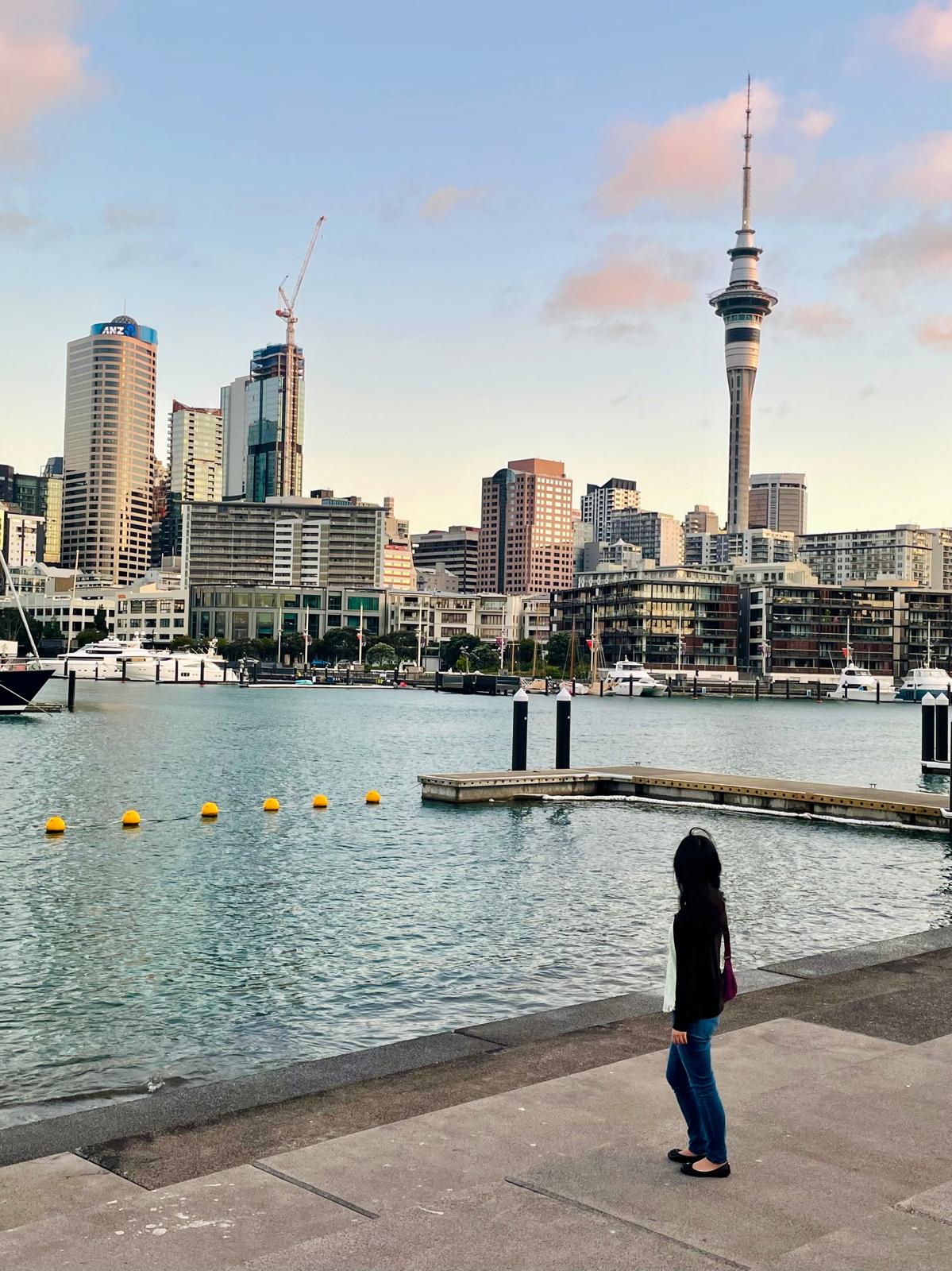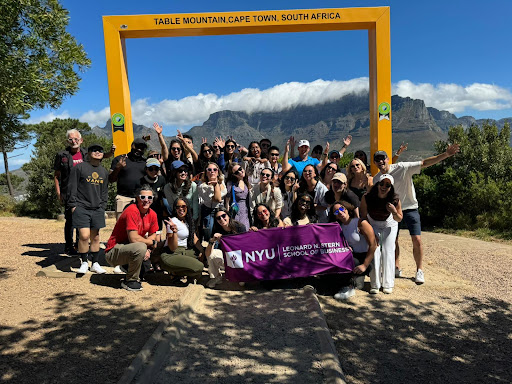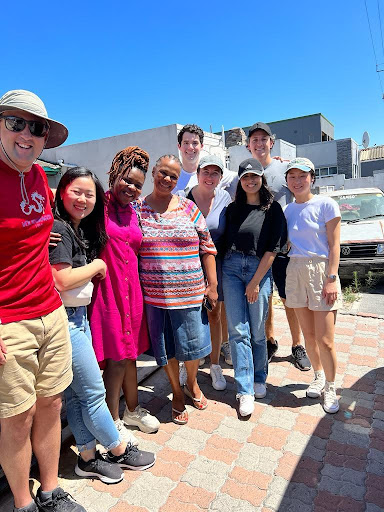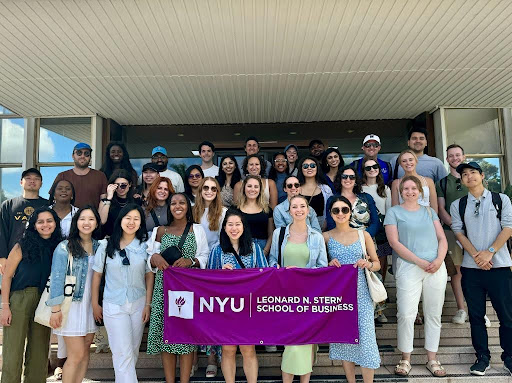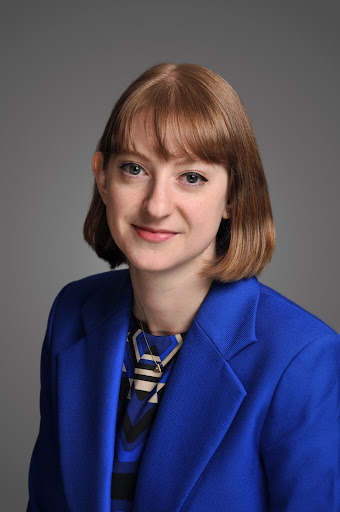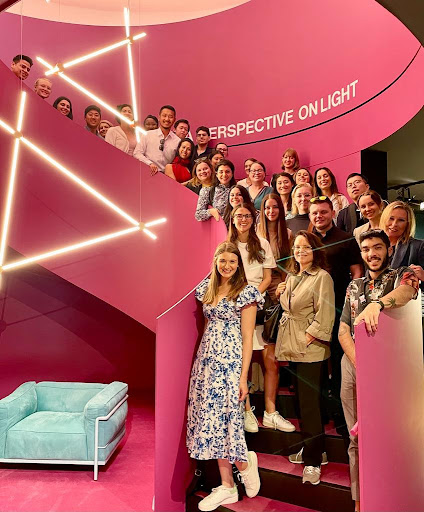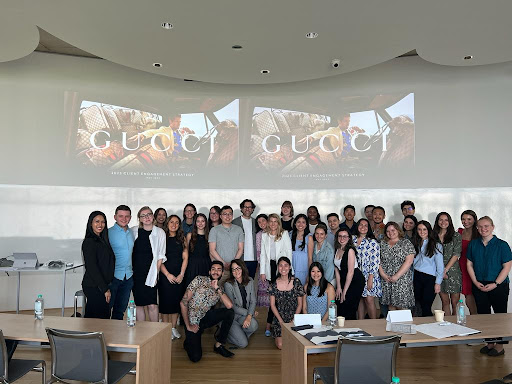*Taylor Kessock is currently enrolled in the Langone MBA program at NYU Stern, and this blog post is a special contribution.*
Author: Taylor Kessock is a current Langone MBA student at NYU Stern, set to graduate in May 2025. While pursuing her MBA, Taylor works as a Vice President at Aon where she assists clients with risk transfer decisions including traditional insurance, health & benefits and bespoke products. Taylor has a focus on Private Equity firms and their portfolio companies. Post-MBA, Taylor aims to delve deeper into the intersection of enterprise risk management and evolving risks for companies such as talent, climate change, digital transformation and AI-driven solutions. At Stern, Taylor is involved in various organizations, such as Stern Women in Business and the Private Equity & Venture Capital Club.
As a Langone student, there are rare chances to truly dive into the MBA experience. Between the demands of a job that is far from a typical 9-5 and personal commitments, I found myself struggling to carve-out more time to network with my Stern peers. The opportunity to participate in a DBi seemed like a great way to experience the full-time atmosphere while only taking a short break (a week) from my job. The DBi Program gave me the chance to set aside my work and embrace the courses, my classmates, and a fabulous city. Mexico City appealed to me because I knew it was a thriving city that I had yet to cross off my bucket list. Throughout our experience, we focused on a few key areas of Mexico’s economy: entrepreneurship, hospitality, and healthcare
Partnership with IPADE
NYU partners with one of the top business schools of Mexico called IPADE. IPADE is ranked #1 for EMBA programs in Mexico and we could tell by the caliber of the professors we connected with and the guest speakers they brought in. The professors helped us understand the history of Mexico and how that plays into the current business environment, which is key given Mexico’s proximity to the US, its growing population, and the opportunities and challenges the country faces. These professors are keenly attuned with business leaders in Mexico and brought several of them in to speak with us, many of whom received their MBA from IPADE.
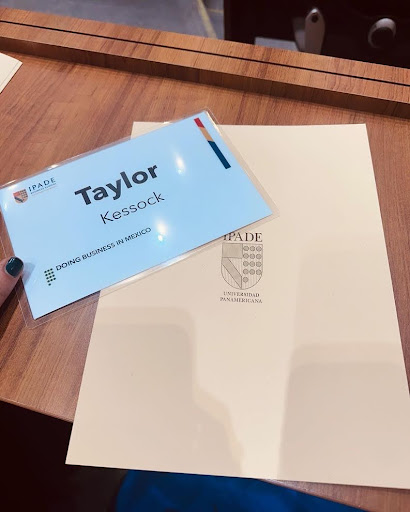
IPADE has a case study teaching philosophy and has written its own case studies that focus on businesses in the region. How the IPADE staff approached the cases made me recognize my own bias in comprehending the stories. I realized I was approaching the cases by focusing on the American way of reviewing a business to be “successful”, based on profitability or financial decisions, while ignoring the entrepreneurial drive and community benefit behind a firm. According to the professors, IPADE students read over 900 case studies during their time in the program. We made our dent in a few of these case studies, including one on El Fogoncito, a local restaurant chain that has been successful in developing and supporting its talent in a tough labor market. After our lesson, the owner brought in his famous El Gringo Tacos for the class to share!
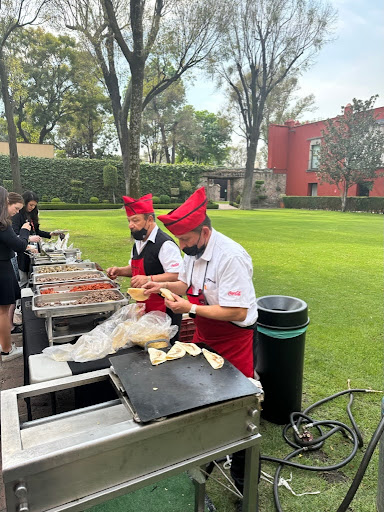
We spent most of the week at the IPADE campus, which should not be overlooked! The IPADE campus is beautiful and fostered a great environment for learning and conversation. IPADE serves meals and coffee on campus, creating a strong sense of community with the students. IPADE brought in several speakers to campus, such as the co-founders of Elery, a male-centric health clinic, and Jose Manual Arana, a successful CEO. These speakers all attended IPADE in some fashion and consider it their home away from home!
Company Visits
In addition to the speakers on campus, we went to the Modelo Factory & KidZania.
Modelo: Our visit to the Modelo factory taught us about US antitrust laws by learning about the agreement AB-InBev has in which they own and distribute Modelo products around the world. Instead, Modelo licenses out the formulas to Constellation Brands for selling the product into the U.S. markets. It was intriguing to observe that such a huge operation could take place within the city limits of Mexico City. Perhaps it is our bias coming from New York City, but in our experience, large manufacturing and production facilities – such as Groupo Modelo – typically exist outside of major cities.
KidZania: KidZania was truly a unique place and an impressive business. Throughout the tour, as well as the presentation and Q&A, it was clear that KidZania was successful due to its extreme level of focus on their customers (children). However, KidZania does not just focus on entertaining kids alone but sticks to the company’s mission to ensure the kids walk away from their experience with valuable lessons. It was fascinating to hear how KidZania thinks intentionally about the partners they work with, the architecture of their worlds, and the activities the kids go through to ensure the experience feels authentic – all while delivering on the promise and value of KidZania. One of my most memorable moments from the visits was when I asked about how they dealt with local politics and stood up for what they believe is right when necessary, as evidenced by ensuring that females can drive cars in KidZania UAE. I was truly inspired by the CEO’s drive and passion for the company’s mission.
Building Connections Outside the Classroom
In addition to a rich curriculum, Mexico City was a great place to experience culture, history & food! Throughout the week, our group organized various activities such as Lucha Libre, taco tours, and exploring the historical city. Mexico City is truly a great place to experience culture, not to mention the delicious food scene that rivals New York City’s. NYU organized a tour of the pyramids, an alumni networking at a historical club, and dinners so we could get to know each other! The tour of the pyramids was a must-do in the area, and we had a guide that explained their history, significance to the country and future preservation for the historical site. Throughout my time at NYU, I am always impressed by the community and my fellow classmates. The DBi experience truly enhanced my relationship and gave me amazing friendships that continued beyond Mexico City!
